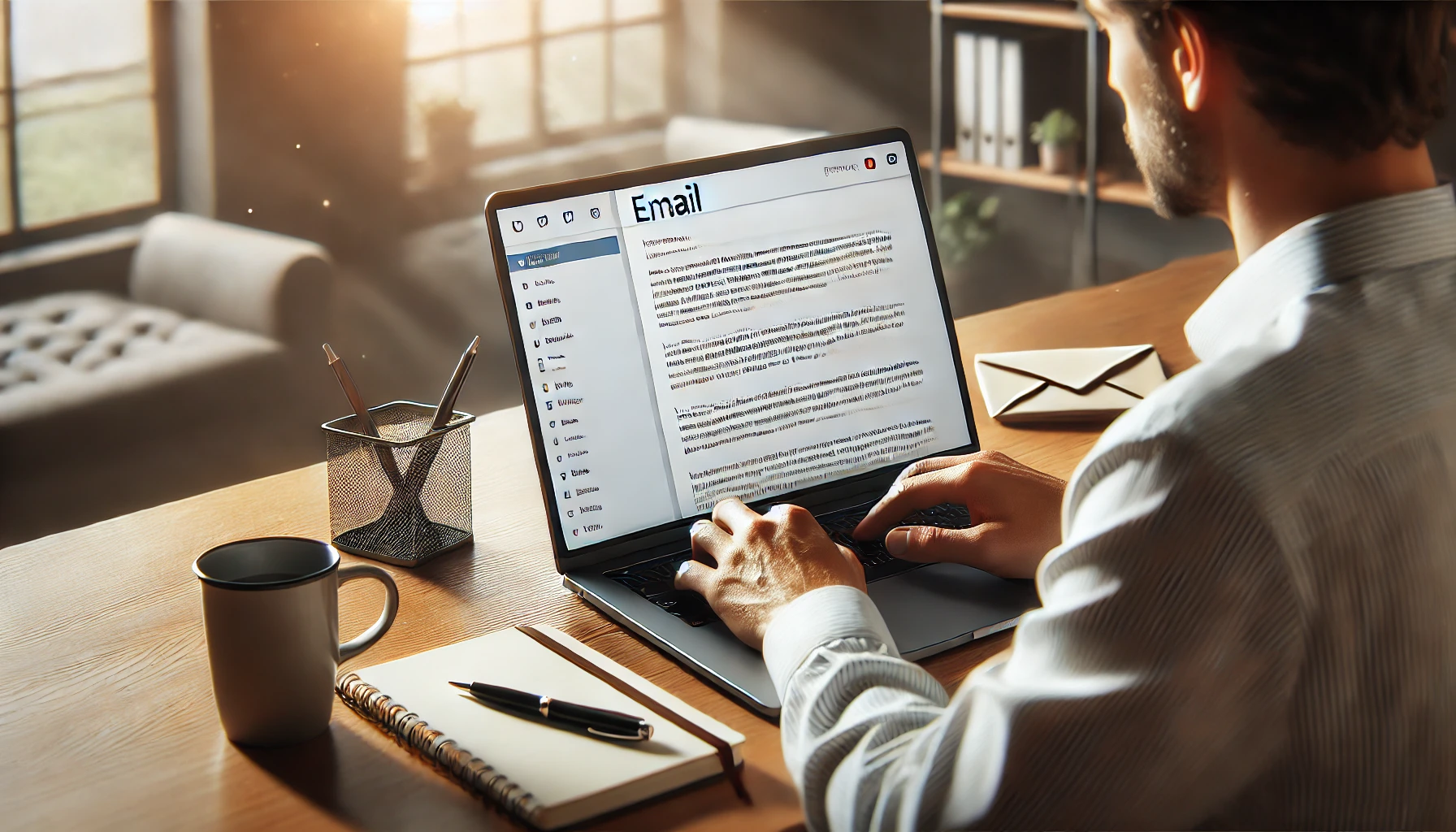In a world full of unread inboxes and endless notifications, writing effective emails isn’t just good communication — it’s a competitive advantage. Whether you’re reaching out to a colleague, client, or manager, the way you structure and present your message can be the difference between getting ignored or getting a reply.
In this article, you’ll learn how to write professional emails that are clear, actionable, and get real results.
Why Email Writing Is Still a Key Professional Skill
Even with the rise of messaging apps and quick calls, email remains the backbone of professional communication. And yet, many emails go:
- Unread
- Misunderstood
- Ignored
Learning to write emails that respect people’s time and inspire action helps you:
- Build credibility
- Strengthen relationships
- Get faster responses
- Avoid confusion and follow-up delays
1. Start With a Clear Subject Line
Your subject line is the first impression. Make it:
- Specific
- Informative
- Action-oriented (if needed)
Avoid vague lines like “Quick question” or “Follow-up.” Instead:
- “Proposal for Q3 Project – Review by Friday”
- “Client Feedback Summary – Action Items Included”
- “Meeting Request: Marketing Strategy Alignment (15 min)”
Clarity = attention.
2. Use a Professional Yet Friendly Greeting
How you greet someone sets the tone. Match it to your relationship and company culture.
Examples:
- “Hi [Name],” (most versatile and professional)
- “Good morning [Name],” (great for formal or external messages)
- “Hello [Team/Everyone],” (when writing to a group)
Avoid overly casual greetings like “Hey” or “Yo” unless you have that rapport.
3. Get to the Point — Fast
Most professionals skim emails. Don’t bury the purpose in a wall of text.
Structure your message like this:
- What you need / Why you’re writing
- Context or explanation
- What action is needed (and when)
Example:
Hi Sarah,
I’m writing to confirm our design review meeting on Thursday.
Please see the attached mockups for your review, and let me know if you’d like to add anything to the agenda by end of day Wednesday.
Keep paragraphs short and focused. Use spacing to create visual clarity.
4. Use Bullet Points or Headings for Clarity
If your message has multiple items, break them up with:
- Bullet points
- Numbered lists
- Subheadings (especially in longer messages)
Example: Action Items from Our Call:
- Draft project timeline by Friday (James)
- Gather client assets by Monday (Monica)
- Schedule internal walkthrough (TBD)
This makes it easy to scan, remember, and act.
5. Be Clear About Next Steps
Don’t leave the reader guessing. Say exactly:
- What you need
- Who should do it
- When it’s due
Examples:
- “Could you send the updated numbers by 3 PM Thursday?”
- “Let me know if you approve the draft — I’ll move forward once I hear from you.”
- “If you have no changes, I’ll assume it’s approved and submit it tomorrow.”
Clear expectations lead to faster decisions.
6. Keep Your Tone Respectful and Professional
Your tone should be:
- Confident, not aggressive
- Polite, not passive
- Friendly, not overly casual
Phrases that help:
- “Just checking in on…”
- “When you have a moment…”
- “I’d appreciate your feedback on…”
- “Thanks in advance for your help with…”
Avoid sounding demanding or overly apologetic — strike a balance.
7. Use a Strong, Clear Closing
Wrap up your email with:
- A polite sign-off
- Your full name
- Contact info (if needed)
Examples:
- “Best regards,”
- “Thanks again,”
- “Looking forward to your thoughts,”
Then add:
[Your Name]
[Your Role]
[Your Contact Info, if relevant]
Professional closings leave a good final impression.
8. Proofread Before Sending
Even short emails deserve a second glance. Before you hit send:
- Check for grammar or spelling mistakes
- Make sure names and details are accurate
- Confirm attachments or links are included
- Ask yourself: “Is this email clear and respectful?”
If it’s a high-stakes message, consider reading it aloud or asking a trusted colleague to review.
9. Know When Email Isn’t the Right Tool
Sometimes email isn’t the most effective way to communicate. Consider:
- Instant message for quick questions
- Phone call or video chat for complex or emotional topics
- Project tools (like Trello or Notion) for task updates
Choose the right channel for the right message.
Final Thoughts: Write Less, Say More, Get Results
A great email doesn’t have to be long — just clear, purposeful, and easy to act on. When you write with your reader in mind, you increase the odds of being read — and responded to.
Start now:
- Write one clearer subject line
- Trim the fluff in your next message
- Make your next request easy to say “yes” to
Better emails build better careers — one message at a time.

